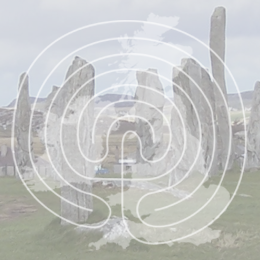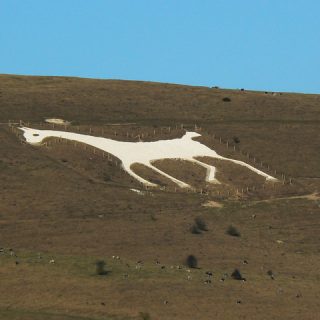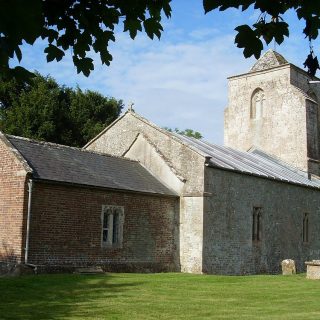Specific Location: Alton Priors
It has been suggested that Alton Barnes may have derived its name from its proximity to this holy well or sacred spring, which appeared in Saxon Charters as Bradewelle as early as 825AD. In ‘A History of the County of Wiltshire: Volume 10 (1975)’ Broad Well receives three mentions which are quoted below.
Mentioned as a item of possible interest to a visitor of Alton Priors, in the village is a sarsen stone with a copy of the Alton Barnes White Horse carved upon it.
The Alton Barnes white horse dates from 1812 and can be found on a slope facing southeast between Milk Hill (one of the highest points in Wiltshire) and Walkers Hill, nearly a mile north of Alton Barnes. Measuring 160 feet by 166 feet, the horse was commissioned by Robert Pile from Manor Farm in Alton Barnes and designed by John Thorne (Jack the Painter).
The Grade II listed All Saints Church in Alton Priors dates from the 12th century. According to ‘A History of the County of Wiltshire: Volume 11’ (1980) ‘The church of ALL SAINTS, Alton Priors, is built of freestone, rubble, and red brick and has a chancel, nave, and west tower. The chancel arch survives from the 12th-century church.




Recent Comments